Mythologies of the Kalagan Tribe
The Kalagan (also spelled Kagan, Kaagan, or by the Spanish as Caragan) are a subgroup of the Mandaya-Mansaka people who speak the Kalagan language. The Kalagan comprise three subgroups which are usually treated as different tribes: the Tagakaulo, the Kagan, and the Kal’lao people of Samal. They are native to areas within Davao del Sur, Compostela Valley, Davao del Norte (including Samal Island), Davao Oriental, and North Cotabato; between the territories of the Blaan people and the coastline. They were historically composed of small warring groups. They are renowned as agriculturalists, cultivating rice, corn, abaca, and coconut for cash crops, whereas their counterparts living along the coast practice fishing. The "Kalagan" or "Kaagan" or "Kagan: the name came from the native word "Kaag", which means "fellow" and the other meaning is "to inform" or "secrecy" because they are the people who bring the news and warn their neighbouring tribes ( the Mansaka and Mandayas) on any types of attacks from the other ethnic groups since they are living on shorelines and river deltas of Davao Gulf, on which they are the first one who can encounter on whatever attacks or conquering happen. They were historically composed of small groups led by datus. The Kagan subgroup is the Islamized-indigenous people in the Davao Gulf area. They are one of the Muslim minority groups in Mindanao and belong to the 13 Muslim Moro tribes of the Bangsamoro family. They became Muslim in the middle of the 19th century due to extensive exposure or contact with the communities of their Maguindanaon neighbors, and intermarriages between Kalagan and Maguindanaons. Thus making Islamized Kagan heavily influenced by Maguindanaon culture.
There are aproximately 8,000 Kalagan (Calagan, Kagan, Karagan, Laoc, Saka, Tagakaolo) living on the island of Mindanao in the Philippines. They are located in the area between the interior uplands and the western coast of the Davao Gulf. Kalagan are Tagakaolo who have converted to Islam, either through intermarriage or contact with the Maguindanao. Islamization is a relatively recent development among the Tagakaolo and many older Kalagan still retain traditional beliefs. Kalagan speak Tagakaolo, a subgroup of the Central Philippine Language Group. Some Kalagan are swidden agriculturalists, while others are involved in wage labor. Maize is the major crop, and is harvested two or three times a year. Coastal Kalagan are also fishermen, and some work as plantation laborers.
THE culture and tradition of Kagan Tribe, the only Islamized Indigenous tribe in Davao City, remains undivided despite the emerging modernization of the city today. Although Kagans, some call them Kalagans, are living in different areas in the city, most of them are situated in Sirawan, Toril, the first barangay they resided in the city after their migration from Davao Oriental in search for a safe place to cultivate their tribe. Barangay Sirawan Former Captain Ligaya Abubakr said the word Kagan originated in their tribe members’ language which means "to warn." During the Spanish invasion in the country in 1800’s, Kagan male members in Davao Oriental ran towards their tribe’s village after they saw Spaniards invading the neighboring villages. From that time on, Kagan tribe continuously transferred from one place to another until they finally settled in a small barangay in Sirawan, Toril during early 1900’s. “Ang naka lahi sa Kagan tribes sa lain nga Muslim tribes kay peace-loving entities mi. Nagasukol gud mi kung kinahanglan pero dili jud kami ang naga sugod ug mga kagubot (What differs Kagan tribe apart from other Muslim tribes is that we are peace-loving people. Although we defend ourselves if needed, we never start conflicts),” Abubakr said. Kagan Tribe Deputy Mayor Hon. Nicanor Mohamad said even the young Kagans observe the peace-loving nature of their tribe despite the existence of insurgencies in some parts in Mindanao. As a deputy mayor, Mohamad said he focus on the cultivation of their culture to the Kagan’s youth as they are the future of their tribe in continuing the traditions that have long been practiced and protected by the tribe’s ancestors. “Even with the modern society our tribe is living in, our Kagan youth respect and follow our tribe’s practices which is very important for us, leaders, because it indicates that Kagan’s culture will continue until the next generation,” he said. Hiyas sa Panaghiusa 2017 Jerlyn Dalao Macasi of Kagan Tribe agreed that youth in their tribe plays a vital role in preserving their culture and identity.
The Kalagan live on the island of Mindanao in the southern Philippines. They are located in an area between the interior uplands and the western coast of the Davao Gulf. These Kalagan are mainly of the Tagakaolo Kalagan branch. They have converted to Islam either through intermarriage or through contact with their close neighbors, the Magindanaw. The Kalagan are thought to be one of various groups of lowland Filipinos who came to the islands from Asia's southwestern mainland several thousand years ago. Their lifestyle and culture are very similar to that of the Magindanaw. Their language, also called Kalagan, resembles a number of other languages in the region. While some Kalagan receive wages for labor, others are "slash and burn" farmers. Maize is the major crop grown and is harvested two or three times a year. The coastal Kalagan are also fishermen, and some are plantation workers. The Kalagan are self-sufficient farmers, producing nearly all their own food. Wet rice is grown in the lowlands, and dry rice and corn are raised in the mountainous areas. Yams and sweet potatoes are also staple crops. Vegetables such as tomatoes, squash, and beans are grown; coconuts abound; and many kinds of fruit are available. Goats are raised for meat, and chickens are raised for both eggs and meat. In addition to farming, the Kalagan catch fish and obtain wild foods and other various materials from the marshes. The Kalagan of highest rank in their society do not perform manual labor. Among the rest of the people, male/female division of labor is not very pronounced. Men do the plowing, tilling and other heavy farm work. The women do most of the domestic work, often assisted by their older children. Many household items are hand crafted from wood, bamboo, rattan, thatch, and fiber. Most of these are for personal use, but some woven items, mats, and baskets are made for commercial sale.
The Kalagans are the Islamized-indigenous people in the Western Davao gulf area. They became Muslim most likely during the middle of the 19th century. The Kalagan language belongs to the Malayo-Polynesian group of languages and is part of the Davawenyo family. Basically, it is identical as Tagakaolo, with some Tausug, Maguindanaon, and Islamic terminology added to the mix. Older Kalagan speakers, for instance, continue to use their native language, especially those who do not interact with the Bisaya. In contrast, the younger generations can easily switch to Bisaya when needed. In addition, they have interjected more foreign words into their expressions due to their frequent interactions with Filipino (basically, Tagalog) and English. Nonetheless, many of the Kalagans have managed to retain their knowledge of Arabic. The native Filipino Muslim group known as Kalagan is found in the Davao region, notably Davao City, Tagum in Davao del Norte, and Sirawan and Mati in Davao Oriental. Also, there are populations dispersed in Davao del Sur. Kalagan was derived from the word kaag, which meant “whisper.”


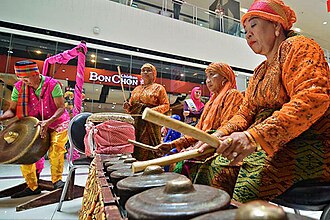
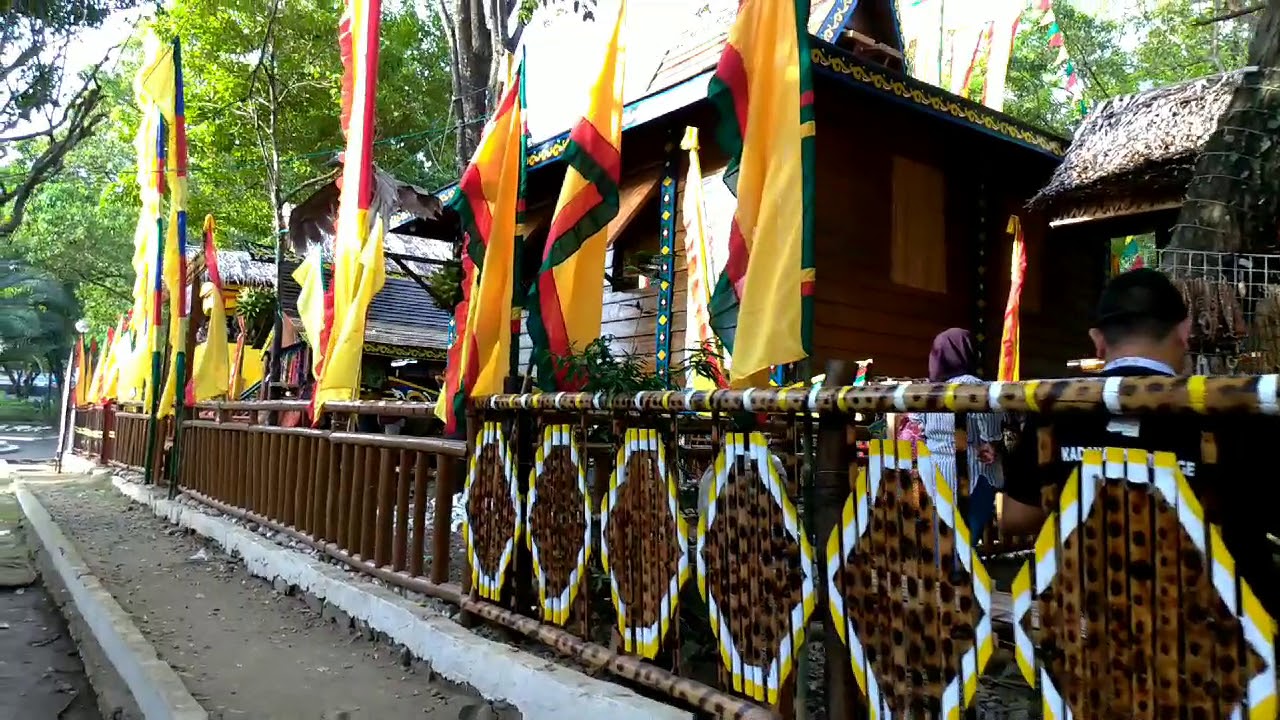
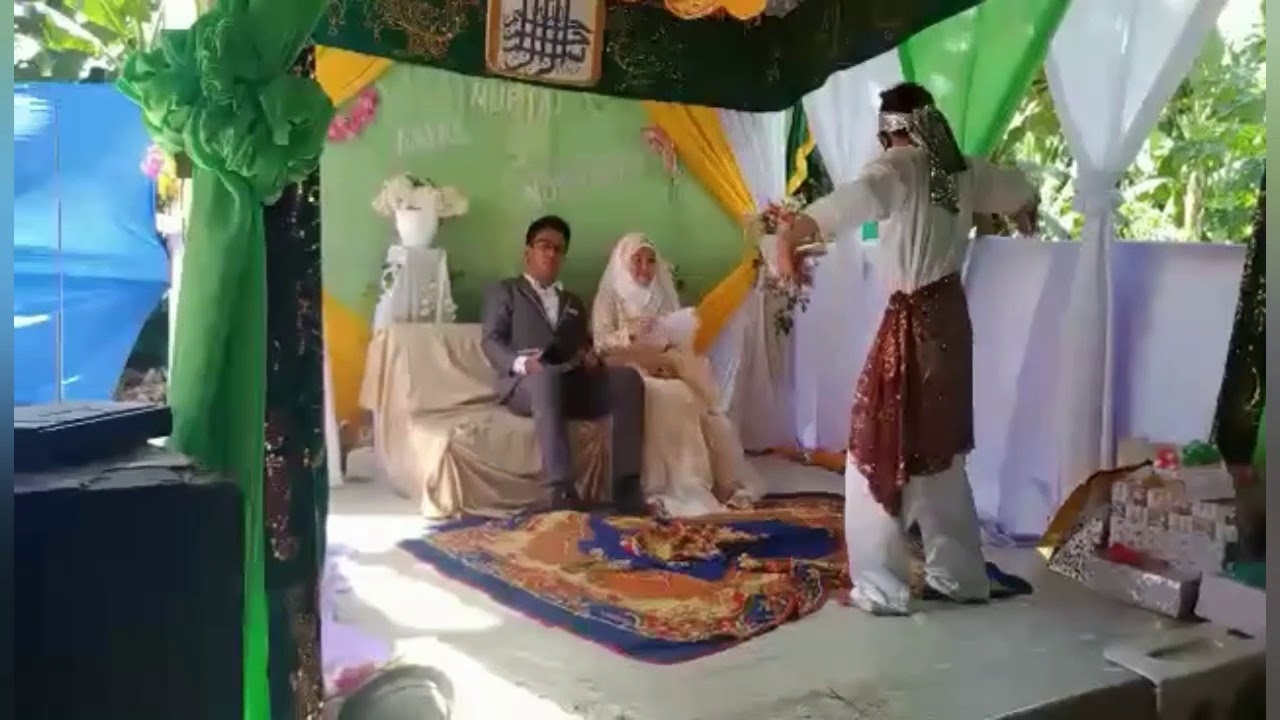


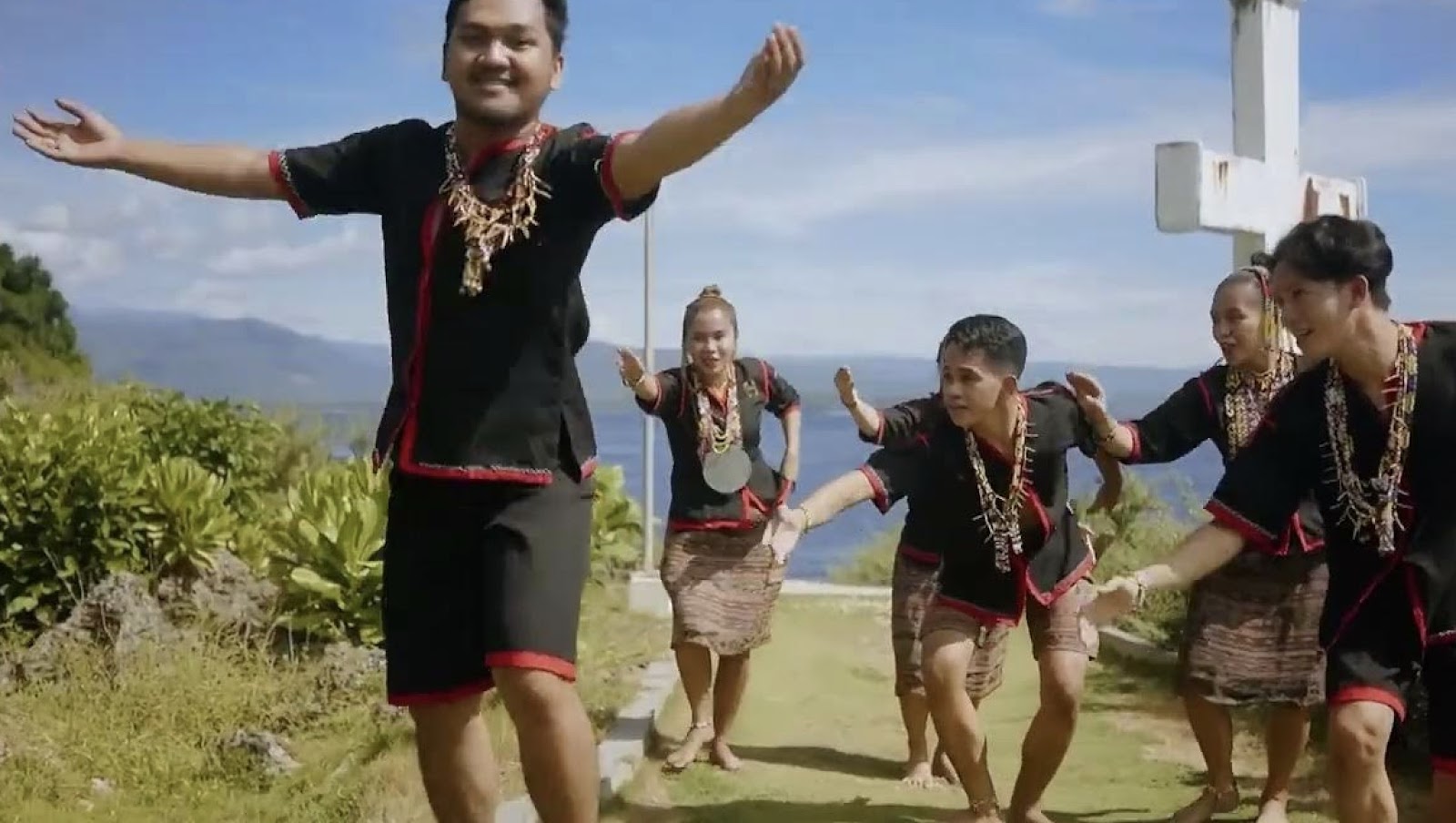



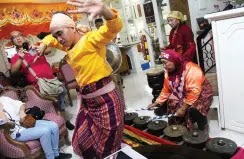






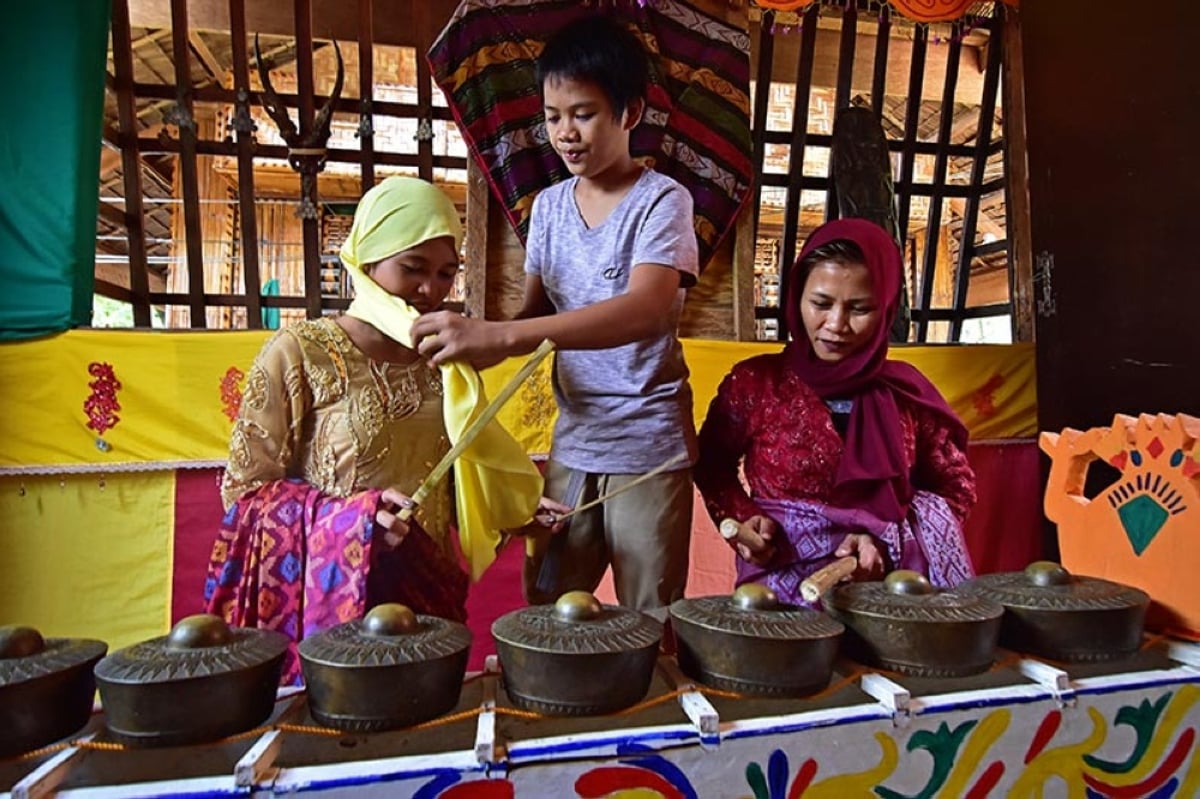





Comments
Post a Comment